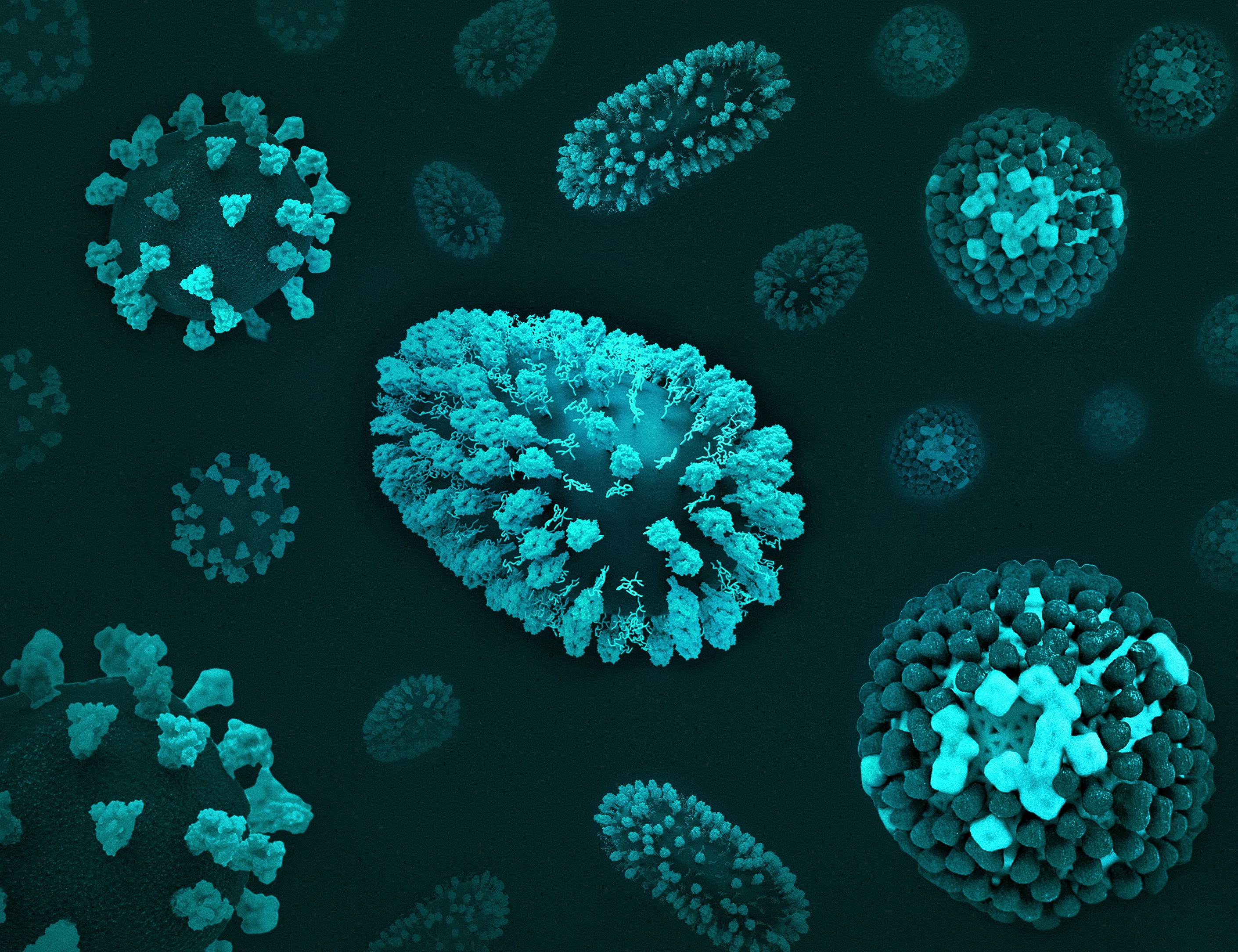Most stories about AI come with a dose of dread: job-stealing robots, deepfake chaos, or algorithms deciding who gets a mortgage. But here’s one that’s a little different, AI might actually help save us from the oldest enemy we’ve ever faced: microbes.
Scientists at the University of Pennsylvania have used an AI tool called APEX 1.1 to scan the proteins of 233 species of Archaea, ancient microbes that thrive in extreme environments like hydrothermal vents and salt lakes. In weeks, they unearthed over 12,000 potential antibiotic candidates, dubbed archaeasins. For context, trawling through that much biochemical possibility space manually would take years, if not decades.
Why Archaea?
Archaea are evolutionary outliers. They’ve been around for billions of years, flourishing in toxic pools, volcanic vents, and salt-crusted deserts where bacteria and fungi wither. That survival toolkit means they’ve evolved molecular tricks we’ve barely begun to study. AI is now decoding those tricks, spotting peptides that could work against resistant superbugs where our existing antibiotics fail.
AI as Humanity’s Digital Antibiotic
Think of it this way: for most of history, humans survived microbial threats the slow way, by evolving immunity over generations. Then antibiotics came along, short-circuiting evolution by letting us leapfrog ahead.
AI may be playing the same role now. Instead of scientists grinding away molecule by molecule, AI gives us an externalised immune system for knowledge discovery. It filters oceans of data, finding needles in haystacks faster than any lab team ever could.
In a sense, AI itself is the new antibiotic: a tool that saves us from the unattractive fate of doing things slowly, one microbe, one molecule at a time.
The Bigger Picture
This isn’t a one-off. De la Fuente’s lab is also working on “molecular de-extinction” using AI to recover ancient antimicrobial molecules from extinct species like mammoths. Some of those “resurrected” peptides have already been tested successfully in mice. Meanwhile, other labs are deploying AI to design entirely new antibiotics against MRSA and drug-resistant gonorrhea.
It all points to a future where drug discovery looks less like slow archaeology and more like high-speed data mining.
The Catch
But here’s the warning label: antibiotics gave us the upper hand against infection, until we overused them. Resistance grew, and now we’re back in an arms race. If AI is our new digital antibiotic, we should remember the lesson. Overuse and blind reliance could leave us vulnerable again, whether that’s resistance in microbes or complacency in ourselves.
For now, though, the story is a rare win. AI isn’t just disrupting, it’s defending. It’s a reminder that technology isn’t only about replacing us, but sometimes about saving us from the limits of being human.
If antibiotics were humanity’s miracle drug, then AI might just be the miracle method, a digital immune system helping us survive the 21st century. The question is whether we’ll use it wisely, or end up with a resistance problem all over again.
